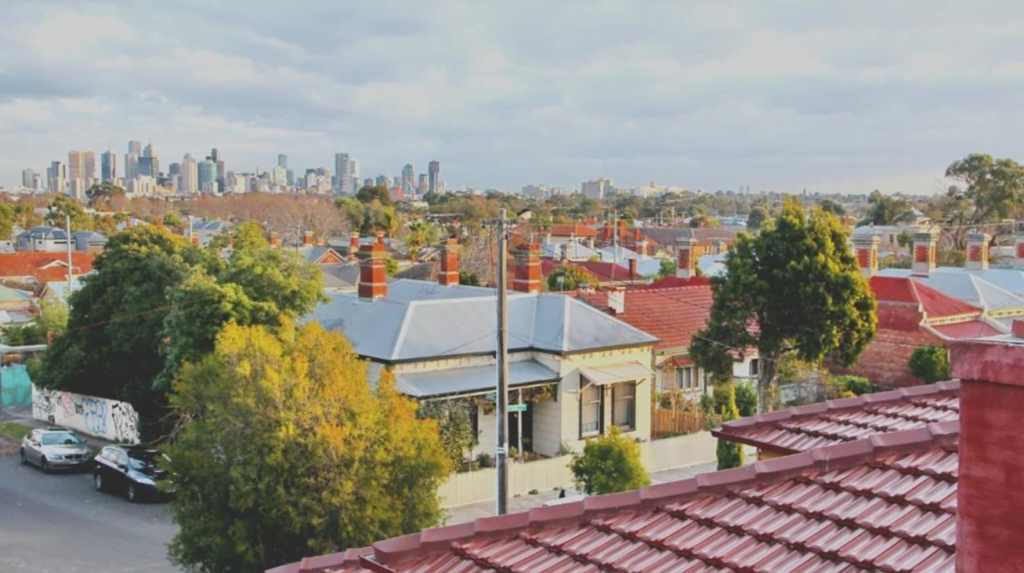Creating Homes With Communities
Conversation Co recently partnered with Moreland City Council, City of Darebin, and Homes Victoria to work with their communities and stakeholders in developing Housing and Neighbourhood strategies, to improve the standard of development in each municipality and strategically plan for the future housing needs of their diverse communities.
To start off, what is neighbourhood character?
Neighbourhood character is essentially the combination of the public and private realms. Every property, public place or piece of infrastructure makes a contribution, whether great or small. It is the cumulative impact of all these contributions that establishes neighbourhood character. The key to understanding character is being able to describe how the features of an area come together to give that area its own particular character. Breaking up character into discrete features and characteristics misses out on the relationships between these features and characteristics. Understanding how these relationships physically appear on the ground is usually the most important aspect in establishing the character of the area.
Features considered include:Landscape
Subdivision pattern
Streetscape and sense of openness
The natural and built features of the land, including slope
Long-range views
Public areas – kerbs, footpaths, road surfaces
Builldings and their surroundings– size, site coverage, height and design
[Source: planning.vic.gov.au]
In this blog, we interview three of our project leads on each of their Housing and Neighbourhood Character project.
Question 1: What did people find difficult to discuss?
Moreland City CouncilKathryn Renwick: Neighbourhood character is quite a complex concept, with a narrow scope focused on built form and height, setbacks, landscape, views, streetscape and street layout, and vegetation. We’ve developed a fantastic poster to help illustrate these characteristics, however it can be a struggle for some community members to understand the scope at first.
Darebin CouncilAlice Coulson: I’d have to echo Kathryn’s observations from the Moreland project. Neighbourhood character can be an esoteric thing to pin down. With our project however, we found participants were able to talk to certain features or elements that stood out for them but identifying key examples of these on a map was much harder… for many participants it was more about the overall ‘feel’ of a neighbourhood.
Homes VictoriaJo Price: Community understands the bigger impact of design and planning but we had to help explore those ideas to articulate the details, to help understand what steps or elements would help achieve their desired impact. For example, we had people discuss wanting a “sense of community” so we’d work with them to identify how a housing space or community space could achieve that – what it would need to include, how it would need to be located, what it could look or feel like.
Question 2: What helped people to talk about homes and their neighbourhoods?
Moreland City CouncilKathryn Renwick: Using the poster to guide conversation, and steer people back to the characteristics helped people talk about neighbourhood character. Once people start talking about it, they usually have a fair amount to say! People usually care passionately about their neighbourhood, and have a nuanced understanding of the need to retain older style housing with newer higher density dwellings.
Darebin CouncilAlice Coulson: Visual prompts through the use of examples on our posters, along with verbal prompts from facilitators.. ‘What about this, what about that?’. Identifying other features of their neighbourhood they might not immediately consider, such as their local parks, street trees, or the proximity of their home to amenities, shops and public transport.
Homes VictoriaJo Price: We had conversations with a spread of reference photos, showing people various options. Some of these showed specific design elements but many of the photos prompted discussion about how spaces could be used and how they could feel to be in.
Question 3: What is something that surprised you or speak about what’s most interesting?
Moreland City CouncilKathryn Renwick: Working on this project has changed the way I look at housing. I find I am paying more attention as I drive through areas, looking at the fence styles, the architecture, the space between the houses and from the street (setbacks). It’s a whole new world!
Darebin CouncilAlice Coulson: It was great to hear people identifying the mix of housing in Darebin as one of their favourite things. And it was evident that what they liked about housing and neighbourhood character in Darebin was as much about the community feel, friendliness and ease of getting around to things as the actual buildings themselves. But noting also that maintaining these social and liveability aspects does come down to making good design and planning choices to enable these to flourish.
Homes VictoriaJo Price: I was really impressed by the creativity and critical thinking we heard from participants. People were really deeply considering what the real world impact of their ideas and talked through potential challenges and how they might be addressed.


